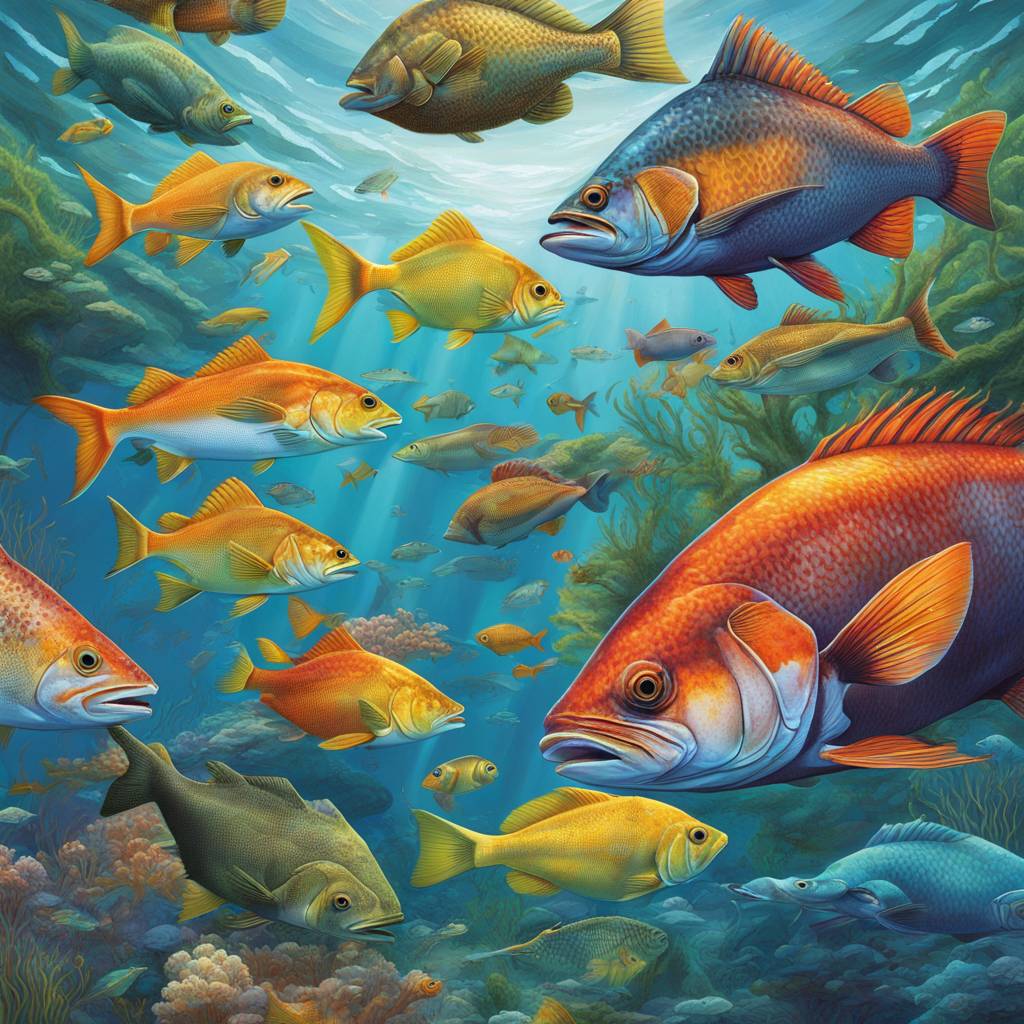The smalltooth sawfish, a species virtually unchanged for millions of years, is exhibiting unusual behavior and experiencing high mortality rates in Florida waters. Federal and state wildlife agencies have launched a rescue and rehabilitation effort to investigate the cause of the sawfish distress. The National Oceanic and Atmospheric Administration has declared an emergency response in the Florida Keys, labeling it unprecedented. These endangered marine creatures are displaying erratic spinning behavior and dying in unusual numbers, prompting a collaborative effort to rescue and rehabilitate sawfish to determine the underlying cause.
The National Oceanic and Atmospheric Administration announced an emergency response in the Florida Keys, focusing on rescuing and rehabilitating smalltooth sawfish exhibiting unusual behavior and high mortality rates. Adam Brame, NOAA Fisheries’ sawfish recovery coordinator, stated that this could be the first time an attempt to rescue and rehabilitate smalltooth sawfish from the wild is made. Sawfish, related to rays, skates, and sharks, have been found mainly in southwestern Florida and the Florida Keys as their habitats diminish and are named for their long, flat snout containing rows of teeth. Since late January, state wildlife officials have documented an “unusual mortality event” impacting approximately 109 sawfish, with at least 28 confirmed deaths. The cause of these deaths and abnormal behaviors, such as spinning in the water, remains unknown, despite extensive necropsies that have ruled out pathogen or bacterial infections, low oxygen levels, and contaminants like chemicals or toxic red tides.
The initiative to rescue and rehabilitate sawfish relies on public reports and sightings to locate distressed or deceased sawfish. Water testing and ongoing investigations aim to uncover the cause of the unusual mortality event observed among smalltooth sawfish, a species listed as endangered since 2003. In collaboration with wildlife agencies, organizations like Mote Marine Laboratory and Aquarium are prepared to accommodate rescued sawfish in quarantine facilities with specialized care and release guidelines. The healthcare system is designed to observe sawfish and attempt to solve the mystery behind their deaths. Efforts to address this crisis call for a robust collaboration among various organizations and scientific experts. The public is encouraged to report any sightings or information on distressed sawfish to NOAA’s tipline or the Florida Fish and Wildlife Conservation Commission’s email.
The Florida Fish and Wildlife Conservation Commission has reported unusual mortality events affecting smalltooth sawfish, with reports of spinning behavior and abnormal deaths among the species. The cause of these deaths and erratic behaviors remains unknown, with experts considering various factors such as climate change’s impact on Florida waters due to a prolonged heatwave. The superheated waters have caused significant damage to marine life, including coral bleaching and deaths of other ocean species. State and federal officials are working together to investigate the cause of the unprecedented sawfish distress and determine potential solutions to protect and conserve the endangered species.
In recent years, Florida waters have witnessed major die-offs among threatened manatees due to pollution impacting their seagrass food source. To address this, state and federal authorities fed manatees tons of lettuce outside a power plant for two years, resulting in a partial rebound of manatee numbers. These collaborative efforts show the importance of public involvement, scientific research, and conservation measures to protect and preserve endangered marine species like smalltooth sawfish and manatees. The ongoing investigation into the smalltooth sawfish mortality event underscores the critical need for data collection, public engagement, and collaborative efforts to address emerging threats to marine biodiversity in Florida waters.













